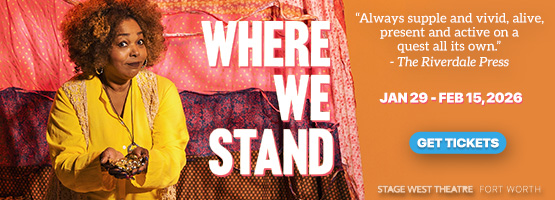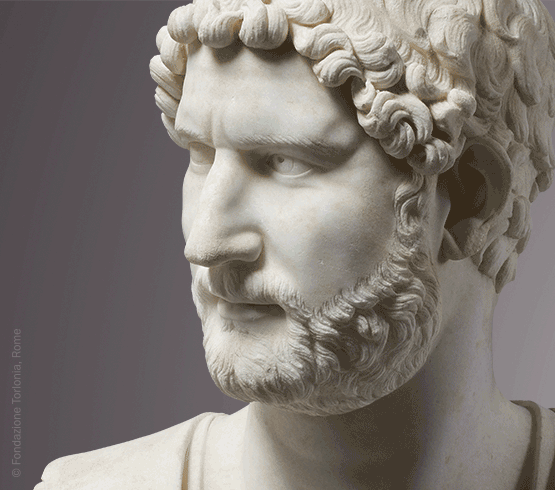Think about classical ballet’s signature repertoire—The Nutcracker, Swan Lake, Sleeping Beauty, Giselle, Cinderella. Each of these canonic story ballets is drawn from a European folk tale or story, and set to music by a European composer. Is it time to ask, “what other stories can ballets tell?”
Capareda’s Maria and the Mouse Deer, inspired by the Filipino legends of Maria Makiling and the Southeast Asian trickster tales of the mouse deer, premiered at Ballet Austin II in October, 2022 and is slated for more performances.
Read Part I on Kusuzaki’s chamber ballet Genji, a contemporary realization of The Tale of Genji, presented in partnership with the Houston Ballet, which will premiere at the Asia Society Texas Center in Houston on March 24-25, 2023.
Alexa Capareda: Maria and the Mouse Deer
Growing up in Los Baños, Laguna, Capareda studied dance at the Philippine High School for the Arts, situated on the forested hillsides of Mount Makiling. The first ballet she ever saw was Giselle. “I grew up with all the classics,” recalls Capareda.
Interestingly, some of them were altered. She remembers “The Dance of the Snowflakes” in The Nutcracker became “The Dance of the Fireflies” with glowing necklaces, because there was no snow in the Philippines. She adds, “I had this awareness of what classic ballets were, but also that they could be Filipinized in some way.”
Capareda, who also has a degree in English from the University of Texas, Austin, had worked on a thesis project that was a survey of Southeast Asian folk tales. “There were all these stories in my head and I realized they had the same tropes just the world over, everywhere,” she says.
The stories have the same objectives of moralization and didacticism, teaching children important values but also scaring them into behaving properly. She noticed every culture had a flood myth and origin stories that explain the sun, the moon, and the stars, and that trickster characters were universally popular.

1 ⁄7
Choreographer Alexa Capareda; photo by Sarah Navarrete.

2 ⁄7
Dancers Daniela Bennetti (Mouse Deer) and Isa Salas (Maria) in Maria and the Mouse Deer, 2022. Photo by Anne Marie Bloodgood.

3 ⁄7
Dancers perform the Philippine folk dance “Tinikling” in Maria and the Mouse Deer, 2022. Set design and construction by Patrick and Holly Crowley. Photo by Anne Marie Bloodgood.

4 ⁄7
Dancers Marlin Siegel (Juan) and Emiliano Rivera-Patton (Tamaraw) in Alexa Capareda’s Maria and the Mouse Deer, 2022. Photo by Anne Marie Bloodgood.

5 ⁄7
Dancers Marlin Siegel (Juan), Alexandra Owens (Tarsier), Daniela Bennetti (Mouse Deer), Emiliano Rivera-Patton (Tamaraw), and Isa Salas (Maria) in Maria and the Mouse Deer, 2022. Photo by Anne Marie Bloodgood.

6 ⁄7
Ballet Austin II dancers in Alexa Capareda’s Maria and the Mouse Deer, 2022. Photo by Anne Marie Bloodgood.

7 ⁄7
Ballet Austin II dancers in Maria and the Mouse Deer (2022), choreographed by Alexa Capareda. Photo by Anne Marie Bloodgood, courtesy Ballet Austin.
The result is an entirely original story, fusing elements from the Maria Makiling legends with various trickster tales involving the mouse deer. “I was thinking of our environment and how that’s so pressing and important now,” she says. “It became obvious to me to have a character who is a nature spirit. The early animist cultures gave so much value to nature.”
In the foothills of Mount Makiling, there is a statue of Maria with her long flowing hair, surrounded by animals, much like the iconic statues of St. Francis with animals. Capareda’s ballet is populated by the endangered animals of the Philippines, the big-eyed tarsier, the strong dwarf buffalo tamaraw, the Philippine eagle-owl, and the tiny and nimble mouse deer. Other animal characters include a crocodile, a snake, and two colorful doves. The theme of caring for the earth and all its creatures shines through.
Capareda’s artistry can be seen in every aspect of the ballet. She designed the costumes, paying close attention to details that are important signifiers of Filipino culture. The two doves’ costumes marry the tutu with the puffy butterfly sleeves of a Filipiniana dress. The villager Juan wears a traditional camisa with a little scarf. Even the shape of Maria’s shawl is from traditional wear. The elaborate headpieces were inspired by Capareda’s delightful drawings of the animals. The set design was based on her sketches of the unique flora of the Philippines.
Now that the run of eight initial performances are behind her, Capareda is sending Maria and the Mouse Deer into the world. “It’s been so rewarding to see this as maybe someone’s first encounter with ballet, to see them connecting to the music and the story, to see their faces light up. I’d love to have people talking more about it and get it on the mainstage, because that’s really how you are going to expand the canon. There’s room. There’s so much room.”
—SHERRY CHENG




